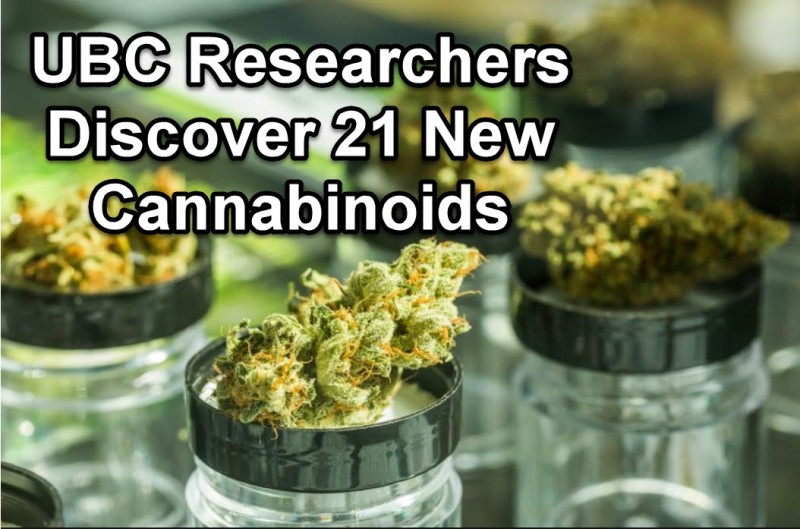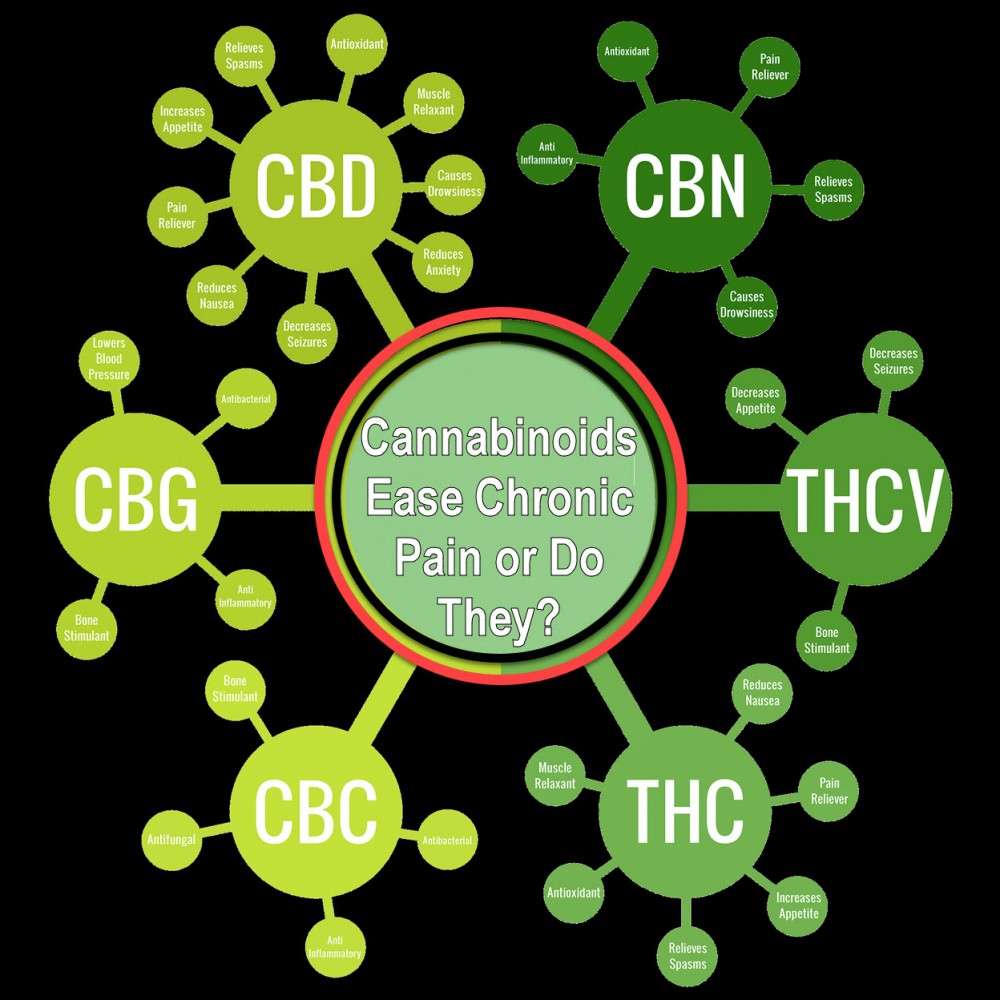UBC Researchers Discover 21 New Cannabinoids
UBC Researchers Discover 21 New Cannabinoids from CannabisNet on Vimeo.
Alternative title: Is all weed the same? UBC researchers find out
The legal cannabis industry may be worth billions of dollars, and is only expected to continue growing in the coming years.
However, the solid evidence that we have so far when it comes to the cannabis plant is still in its infancy. Sure, we know from research and anecdotal evidence that it can help treat, cure, and prevent a number of conditions. But there is still a lot we don’t know, especially when it comes to the compounds in the cannabis plant.
For many of us, walking into a cannabis dispensary is akin to the experience a child has walking into a candy store. The sheer variety of cannabis strains is overwhelming, with names like Afghan Kush or Pineapple Express eliciting delightful feelings as we anticipate the varying highs we get to enjoy with each strain. A licensed dispensary would also provide the strain’s THC and CBD levels, the main compounds in the plant, offering insight on the therapeutic and recreational effects that smoking each of these strains would have. But science tells us that the chemical makeup of each strain, that we know of so far, might actually not have any truth to it at all. In other words, all weed could pretty much be the same.
A brand-new study conducted by researchers at the University of British Columbia has just proven this. The researchers EM Mudge, PN Brown, and SJ Murch discovered that there are more cannabinoids in the plant, and that levels of the primary compounds, tetrahydrocannabinol (THC) and cannabidiol (CBD) don’t differ as much in the hundreds of strains out there like we thought so in the past.
The study, which was published in Nature, involved the collection of 33 cannabis strains (both sativa and indica) from 5 licensed cannabis producers in Canada. The researchers extracted compounds from the plant and then used a UV spectrum to classify the findings. They didn’t expect to find 21 new compounds which resembled cannabinoids.
They also found that the differences among strains only made up 36% of the total chemical differences, while 64% represented the statistical differences that arose due to the presence of other cannabinoids, already including the mysterious new ones. Another interesting finding were the hints of a complicated association between some of the chemical compounds; some cannabinoids are associated with the production of THC including the unidentified ones, while others were associated with higher CBD production.
The findings weren’t even their primary goal. The authors originally wanted to understand if the varying effects of cannabis strains are not attributed to THC or CBD levels alone, or the ratio of these two. They wanted to test their hypothesis that there are actually other factors at play, and the findings showed confirmed their hypothesis while also shedding new light on issue of breeding cannabis solely for its THC levels alone, which is what many breeders have been doing for the last few years. This has harmed the diversity of the cannabis plant, leading to a phenomenon known as Domestication Syndrome. This was particularly observed in cannabis strains that were bred for their high THC levels, especially those containing over 20% THC; as a result, these strains have lost the chemical inability to produce any CBD at all. Additionally, these plants were also observed to have less of the unidentified cannabinoids, which suggest that over the course of years of breeding, the plant has lost chemical pathways necessary not just for producing CBD but other potentially therapeutic cannabinoids as well.
The researchers also discovered that a majority of the strains studied were closely associated, and that it was too time-consuming to focus only one one or two cannabinoids to make each of them distinct from one another. We do need more studies to verify their findings, but we do know so far that in the past, underground cannabis breeders with access to various cannabis plants would breed them with one another with the objective of creating new strains that were either high in THC or CBD. For several decades, most people were only concerned with strains high in THC for recreational benefits, but the rise of high CBD strains increased the demand and thus supply of these strains.
“People have had informal breeding programs for a long time,” Murch disclosed in a statement. “In a structured program we would keep track of the lineage, such as where the parent plants came from and their characteristics. With unstructured breeding, which is the current norm, particular plants were picked fro some characteristic and then given a new name.”
In short, there’s far more we need to know about how cannabis plants work; specifically, the chemical factors that contribute to the different experience we have, most of which is attributed to cannabinoids.
UBC Researchers Discover 21 New C s from CannabisNet on Vimeo.
OTHER STORIES YOU MAY ENJOY...
8 CANNABINOIDS THAT HELP THE BODY, CLICK HERE.
OR..
THC FACTS AND FIGURES, CLICK HERE.









